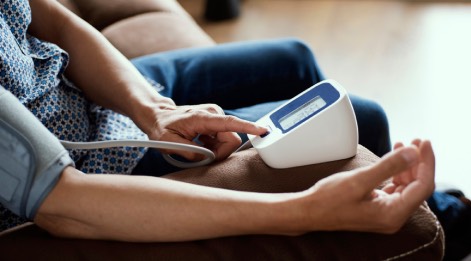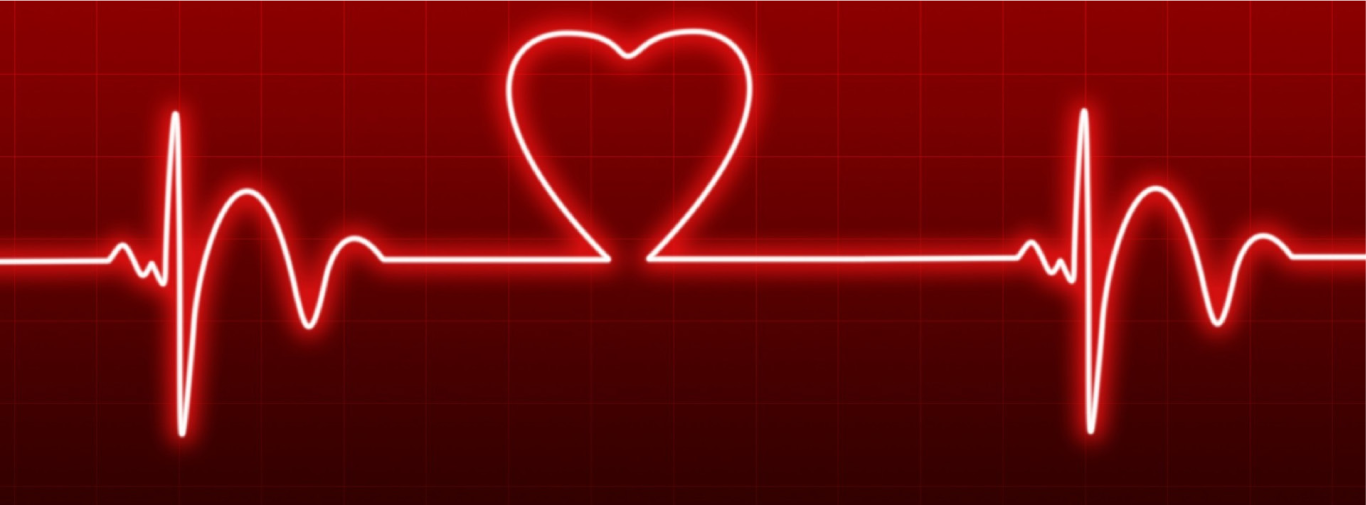Accurate measurement of blood pressure
Most studies with data linking ABPM to clinical outcomes used a 24-hour BP measurement frequency of 30 minutes or ls. In addition, the minimum recommended number of good-quality readings is 20 daytime and 7 night-time readings. Depending on the duration of sleep, 7 good-quality readings might not be achievable if intervals are less frequent than 30 minutes. Moreover, the greater the number of readings, the more precise the average BP. ABPM should be performed according to a standard protocol.
- HBPM should be considered in adults with inadequately controlled BP.
Home systolic BP (SBP)/diastolic BP (DBP) values 135/85mm Hg or higher are considered high. This is supported by prognostic studies that showed an increased risk of cardiovascular events above or near this threshold.

HBPM should be performed according to a standard protocol. Despite varied measurement protocols, HBPM has been shown to predict health outcomes better than office BP measurements (OBPMs). Although single home readings were shown to be predictive of stroke in a large population, multiple BP readings are required for accurate risk prediction within individuals. BP readings taken on the first day in a series of measurements are higher than those on subsequent days, and with respect to duplicate readings, first readings are consistently higher than second readings in the morning as well as in the evening.
In the Etticacy of Self-Monitoring of Blood-Pressure, with or Without Telemonitoring, for Titration of Antihypertensive Medication (TASMINH4) study 1182 hypertensive patients were enrolled across 142 primary care clinics in the United Kingdom and randomized to hypertension medication titration on the basis of self-monitoring HBPM), self-monitoring with telemonitoring, or usual care (clinic-measured BP). BP targets varied according to patient characteristics but were uniformly 5/5 mm Hg lower for HBPM. At 12 months, the average clinic SBP was lower in both HBPM groups by 3.-7.5 mm Hg, compared with the usual care group. The number of medications used was higher by on average 0.11-0.13 for the HBPM groups. There was no difference in safety outcomes. A shorter (6-month) trial showed similar results, whereas studies that used a common target for HBPM and OBPM did not show benefit of HBPM. On the basis of the improvement in BP control using HBPM over 12 months it is recommended that HBPM be considered in those with inadequately controlled hypertension.
In studies of patients with chronic kidney disease, HBPM independently predicted the development of end-stage renal failure. The use of HBPM can increase patient adherence.32-34 Using population-based home BP measurements from the Ohasama study (N 1/4 128 subjects), it was reported that patients with white coat hypertension followed for 8 years were more likely to develop home hypertension than normotensive patients without white coat hypertension (47% vs 22%, respectively; odds ratio, 2.86; 95% confidence interval [Cl), 1.90-4.31). Furthermore, there seems to be a considerable diagnostic agreement between home and ambu-latory BP in most of the subjects with and without hypertension.
Patients with a diagnosis of hypertension but with stable normotensive BP averages, “long-term observation” might be achieved
Recommendations
- Health care professionals who have been specifically trained to measure BP accurately should assess BP in all adult patients at all appropriate visits to determine cardiovascular risk and monitor antihypertensive treatment
(Grade D). - Use of standardized measurement techniques and independently validated equipment for all methods (automated OBPM [AOBP], OBPM, ABPM, and HBPM) is recommended (Grade D; see Supplemental Table $1 for recommended techniques). Unless specified otherwise, measurement using electronic (oscillo-metric) upper arm devices is preferred over auscultation (Grade C). Devices that are appropriate for the individual and have met the ISO-81060 pro-tocol (Association for the Advancement of Medical Instrumentation: Non-invasive sphygmomanometers – Part 2: Clinical investigation of automated measurement type. ANSI/AAMI/ISO 81060-2/ ANSI-AAMI, 2nd ed. Arlington, VA: AAMI 2013; see https://www. iso.org/standard/57977.html) should be used.
For HBPM, patients should be encouraged to use devices with data recording capabilities or automatic data transmission to increase the reliability of reported HBPM (Grade D). - In patients with large arm circumferences when standard upper arm cuffs cannot be used, validated wrist devices (used with arm and wrist supported at heart level) may be used for BP estimation (Grade D).
- Four approaches can be used to assess BP:i. AOBP is the preferred method of performing OBPM (Grade D). The BP value calculated and displayed by the device should be used. When using AOBP (see the Recommended Technique for Automated Office Blood Pressure section in Supplemental Table $1), displayed mean SBP 135 mm Hg or DBP 85 mm Hg is high (Grade D).ii. When using OBPM, the first reading should be dis-carded and the latter readings averaged (see the Recommended Technique for Office Blood Pressure Measurement section in Supplemental Table $1). Mean SP between 130 and 139 mm Hg or mean DBP between 85 and 89 mm Hg is high-normal, and mean SBP 140 mm Hg or DBP 90 mm Hg is high (Grade C).iii. Using ABPM, mean awake SBP 135 mm Hg or DBP 85 mm Hg or mean 24-hour SBP 130 mm Hg or DBP 80 mm Hg are high (Grade C).
iv. Using HBPM, mean SBP 135 mm Hg or DBP 85 mm Hg are high and associated with an increased overall mortality risk (Grade C). HBPM values should be on the basis of a series comprised of the mean of duplicate measures, for morning and evening, for a 7-day period. First day home BP values should not be considered (Grade D).


